Dielectric Constant of Solids & Liquids
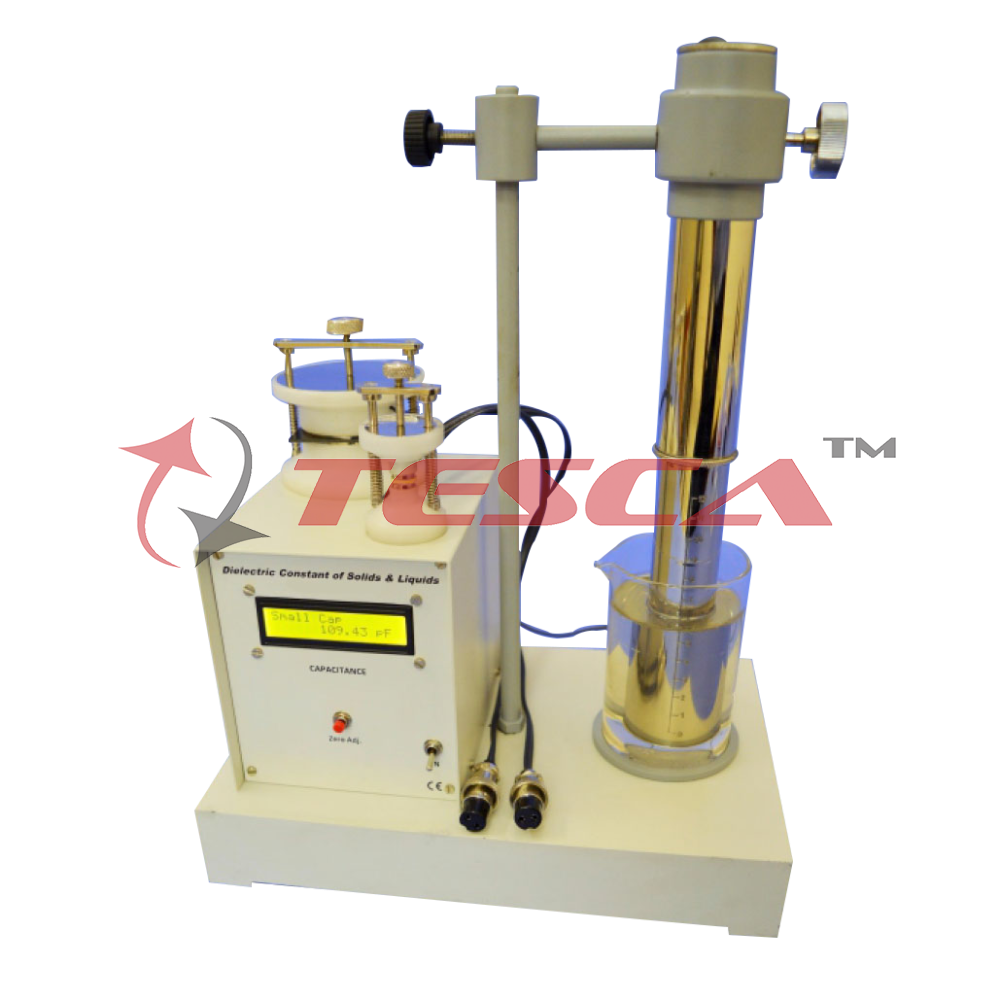
Order Code: 55525D
Category: Physics Trainers
Dielectric or electrical insulating materials are the substances in which electrostatic field can persist for long times. When a dielectric is placed between the plates of a capacitor and the capacitor is charged, the electric field between the plate...
SPECIFICATION
Dielectric or electrical insulating materials are the substances in which electrostatic field can persist for long times. When a dielectric is placed between the plates of a capacitor and the capacitor is charged, the electric field between the plates polarizes the molecules of the dielectric. This produces concentration of charge on its surface that creates an electric field which is antiparallel to the original field (which has polarized the dielectric). This reduces the electric potential difference between the plates. Considered in reverse, this means that, with a dielectric between the plates of a capacitor, it can hold a larger charge. The extent of this effect depends on the dipole polarizability of molecules of the dielectric, which in turn determines the dielectric constant of the material.
The method for determination of dielectric constant of liquids consist of the successive measurement of capacitance, first outside liquid and then when the capacitor is immersed in the liquid under investigation. A cylindrical capacitor has been used for liquid samples and different size parallel plate capacitors for solid samples.
Features
• High Precision
• Smooth movement
• Accurate measurement
• Easy change of sample Introduction
1. Probes Arrangement
Three probe arrangements are provided with the setup. For solids, two different size arrangements are given, one for 10mm sample pellets and the other for 50mm sample pellets. Both consist of parallel plates set in insulated medium. Sturdy parallel wire lead is used to minimize external disturbance.
For liquids a separate arrangement is provided consisting of two polished brass cylinders fixed coaxially with insulating gaskets at the two ends. These gaskets have holes, in the lower one for allowing the experimental liquid to flow in between the cylinders, and in the upper one for communication with the atmosphere. This arrangement is mounted vertically and can be moved up and down with a rack-and-pinion set-up. It is put in a vessel containing the experimental liquid. The outer surface of the outer cylinder has a vertical scale to measure the height of the liquid within the cylinders. Proper leads are provided for connection to the Capacitance Meter.
2. Samples
Glass, Bakelite, Teflon, PZT Sample (Lead Titanate), Carbon Tetrachloride Liquid
3. Digital Capacitance Meter
This is a compact direct reading microcontroller based high resolution instrument for the measurement of capacitance of the sample.
Specifications
Range : 0pf – 50mf
Resolution : 0.01pf
Display : 16 x 2 LCD display with back light
Accuracy : Better than 1%
Zero Setting : Push button zero setting

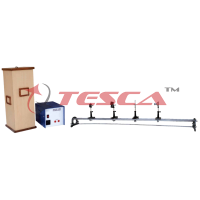
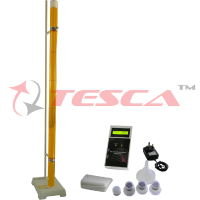

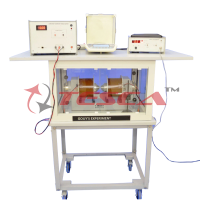

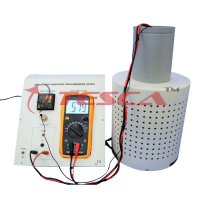
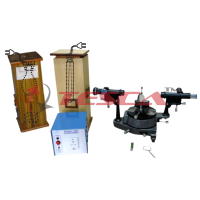
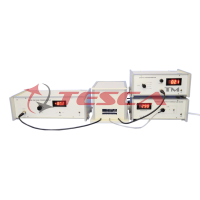
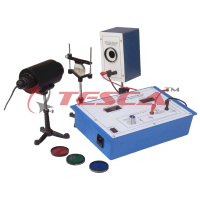

 91-9829132777
91-9829132777